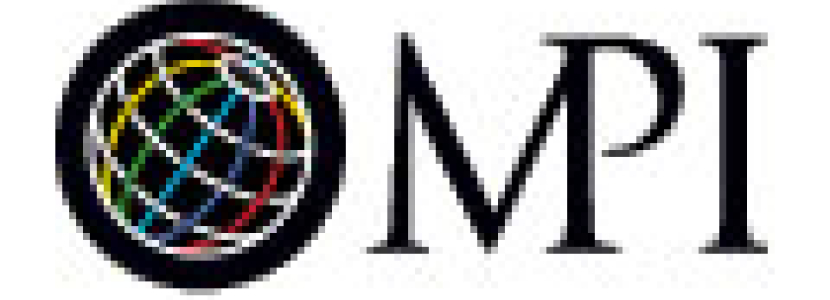
In 2002, advertising was out and marketing solutions were in. You didn’t sell ad space, you sold benefits. Budgets were still tight from the last recession, but there was a sense that business must move forward. If you rewired your products or services to this new point-of-view, you had a brisk book of business. It was the Solutions Economy.
We are back to it once again, somewhere between recession and recovery. There’s money in the budget, as long as it is being applied to business problems. The current psychology of the market is "make smart business decisions." And if you position yourself as a solutions provider who uses meetings as a primary ingredient, you can take advantage of the times, instead of just trying to get through them.
As one meeting consultant explained to me, "These days, if you are not part of the solution, you are part of the problem." Sound familiar? If you are an expense or legacy requirement, you will be cut out.
Business Cycles Shape Buying
Economies rise and fall, and reverberating with them are markets and entire industries. I’ve worked through four cycles (starting in 1984), and they always have four components.
BOTTOM: THE PRUDENCE ECONOMY. The stock market is tanking, all expenses are questioned and fear is the dominant psychology. In this period, prudence is the value proposition. The best way to compete is based on low prices and saving money. We cut budgets and rate card prices.
RECOVERY: THE SOLUTIONS ECONOMY. The market bottom is past, some positive signs are winking and executives are tired of talking about the economy and ready to mount a comeback. In this period, solving business problems equates to the value proposition that works. The best way to compete is to deliver measurable benefits.
GROWING: THE NEW THING ECONOMY. The economy is growing, and time is of the essence to capture opportunity. Being different is the only way to stand out, whether it is in product design or affect. In this period, "new and improved" will sell well, and the best way to do this is with buzz-driven features that offer novelty.
BOOMING: THE WOW ECONOMY. This is the ephemeral part of the business cycle, the shortest in length by far, where there is more growth than anyone can fully digest. During these giddy times, we reward ourselves, give back to others or surprise our customers with delight.
So, let’s bring this to the meeting industry. A Bottom started mid-2008, and everything that wasn’t essential was cut. During this time, low-priced leaders took shares and everyone suffered. By mid-2010, business leaders began to look to the future again, and started to look for ways to jumpstart businesses. This will likely be the case for the next few years. The same prudence and economy that ruled last year may be under-equipped for what’s ahead.
Thrive in the Solutions Economy
For meeting planners, stop thinking about categories of meetings and instead think in terms of solutions that meetings offer. Decision makers seek solutions that move things forward, and will only budget resources to acquire them. Meetings offer four different solution types.
IDEAS DISTRIBUTION. Companies introduce new products and services, either to sales staff, customers or markets.
ACTIVITY GENERATION. After a sustained Bottom, organizations get an infusion of energy that generates productivity, engagement and innovation.
COLLABORATION. To gain sustainable efficiencies or cost-effective innovations, people come together as a team, instead of competing for scarce resources.
LOYALTY CREATION. Talent and/or customers retained. Throughout the Bottom, we squeezed them and treated them as transactional instead of strategic partners.
The more we talk about meetings as a solution, the less likely they will get cut, trimmed or pushed off until things look more certain. Be on the lookout internally for solution needs (team work, product launch, customer relationship management), and insert your "technology" into the discussion, letting the problem-owner know that "there’s a meeting for that."
For suppliers, rethink your business offerings to be solutions ingredients that fit one or more of the above categories. From content to logistics, every player can weave their products into the mix. Put the solution at the center of every conversation, letting it drive design and execution.
I recently spoke at a meeting where the stakeholder (chief operating officer) asked meeting planners to distribute the idea that the company needed to practice: corporate social responsibility. Current knowledge and participation in CSR was low, and the top brass needed to get everyone on board.
Planners applied creative energy to do this. Speakers were chosen for their message and their abilities to align with the company’s vision. Food and beverage had a sustainable bent, using organic, recycled and local ingredients (with full disclosure). Even meeting registration and programming got involved, either going green or connecting with community.
All parties came together to provide a solution to drive participation in CSR. In the end, the meeting’s success is measured either by comprehension or audience participation after everyone returns to the field or headquarters.
Do you know what solution you are best suited for? Are you ready to go from defensive (we are not a waste of money) to offensive (we are the best solution to the problem)? One+




